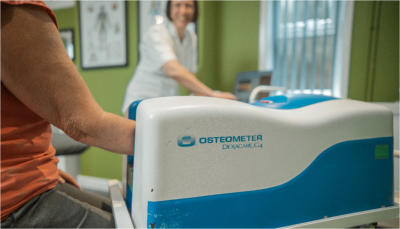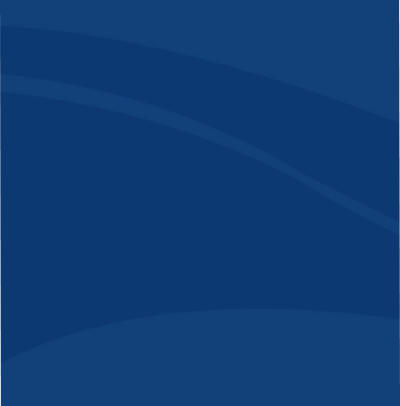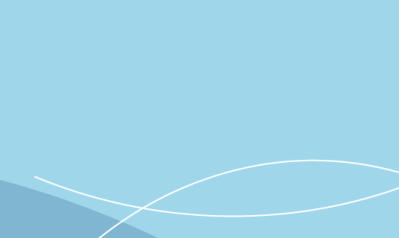
Patient-centred healthcare to improve your quality of life
93 Lynn Rd,
Downham Market,
PE38 9QE
Visit Us
Contact Us




DEXA Scans
A bone density scan is used to measure how much bone tissue you have. This is known
as your bone density. You may also hear this test called a DXA (or DEXA) scan.
You may self refer for a bone density scan, or have it recommended by a health care
professional if:
•
you have broken a bone or bones easily
•
you have symptoms of spinal fractures
•
you have risk factors for osteoporosis and broken bones
•
your doctor needs to reassess your bone health and risk of breaking a bone, such as
at a medication review
Loss of bone density is normal as we age. Women, however, when they are
perimenopausal have an increased rate at which their bone density decreases. This can
be exacerbated by environmental factors, lifestyle choices, genetics and long-term
medication or drug use.
Our DEXA Scan Practitioners

Patient-centred healthcare to improve your quality of life
93 Lynn Rd,
Downham Market,
PE38 9QE
Visit Us
Contact Us
Initially the consultation requires some case history questions that are related to bone density and contraindications.
The Dexa scan itself takes only around 5 minutes. It requires you to remove all jewellery from your non-dominant arm and hand, sit comfortably for those 5 minutes
with that hand and forearm in the scanner and to keep the arm and hand still while the machine is scanning.
We will then go through the results with you and discuss the significance of them. We can decide at this point to contact your GP and other relevant health care
providers if necessary. We also can give advice regarding supplements and diet, exercise dos and don’ts and any other queries you may have.
T-score
Results are given as a 'standard deviation', which is the number of units above or below the average bone density of a young and healthy person. This is known as your
'T-score'. Whatever score you receive, your risk of breaking a bone increases as you grow older. By the age of 75, 50% of the population has a bone density in the
osteoporosis range.
What your T-score means
+1 to -1 - Your bone density is in the normal range for a young and healthy person.
-1 to -2.5 - Your bone density is slightly below the normal range for a young and healthy person, also known as osteopenia.
-2.5 and below - Your bone density is in the osteoporosis range.
If your T-score is in the osteoporosis range, it doesn't always need to be a cause for concern. It doesn't necessarily mean you will break a bone, or need a treatment.
Having low bone density is one risk factor for osteoporosis and broken bones.
Your results from this test are usually used alongside a fracture risk assessment, which takes these other risk factors into account.
Z-score
You will be given your results as a Z-score, alongside your T-score if you are under 72 years of age.
A Z-score compares your bone density to people of the same age as you.
Having a low Z score may indicate that another condition or medicine is affecting your bone density levels.
For more information please visit The Royal Osteoperosis Society


Clare is a structural osteopath,
and has experience in
craniosacral osteopathy, visceral
osteopathy, functional and
harmonic techniques to suit the
individual patient needs.



Clare Finch

Clare is a structural osteopath,
and has experience in
craniosacral osteopathy, visceral
osteopathy, functional and
harmonic techniques to suit the
individual patient needs.



Clare Finch

Our Multidisciplinary Team are Here to Offer You the Most Efficient and Effective
Diagnosis and Treatment Plan Suited to Your Needs and Optimal Wellbeing





A bone density scan is used to measure how much
bone tissue you have. This is known as your bone
density. You may also hear this test called a DXA (or
DEXA) scan.
You may self refer for a bone density scan, or have it
recommended by a health care professional if:
•
you have broken a bone or bones easily
•
you have symptoms of spinal fractures
•
you have risk factors for osteoporosis and broken
bones
•
your doctor needs to reassess your bone health
and risk of breaking a bone, such as at a
medication review
Loss of bone density is normal as we age. Women,
however, when they are perimenopausal have an
increased rate at which their bone density decreases.
This can be exacerbated by environmental factors,
lifestyle choices, genetics and long-term medication
or drug use.



DEXA Scans
Our DEXA Scan
Practitioners
Initially the consultation requires some case history
questions that are related to bone density and
contraindications.
The Dexa scan itself takes only around 5 minutes. It
requires you to remove all jewellery from your non-
dominant arm and hand, sit comfortably for those 5
minutes with that hand and forearm in the scanner and
to keep the arm and hand still while the machine is
scanning.
We will then go through the results with you and
discuss the significance of them. We can decide at this
point to contact your GP and other relevant health care
providers if necessary. We also can give advice
regarding supplements and diet, exercise dos and
don’ts and any other queries you may have.
T-score
Results are given as a 'standard deviation', which is the
number of units above or below the average bone
density of a young and healthy person. This is known
as your 'T-score'. Whatever score you receive, your risk
of breaking a bone increases as you grow older. By the
age of 75, 50% of the population has a bone density in
the osteopo-rosis range.
What your T-score means
+1 to -1 - Your bone density is in the normal range for a
young and healthy person.
-1 to -2.5 - Your bone density is slightly below the
normal range for a young and healthy person, also
known as osteopenia.
-2.5 and below - Your bone density is in the
osteoporosis range.
If your T-score is in the osteoporosis range, it doesn't
always need to be a cause for concern. It doesn't
necessarily mean you will break a bone, or need a
treatment. Hav-ing low bone density is one risk factor
for osteoporosis and broken bones.
Your results from this test are usually used alongside a
fracture risk assessment, which takes these other risk
factors into account.
Z-score
You will be given your results as a Z-score, alongside
your T-score if you are under 72 years of age.
A Z-score compares your bone density to people of
the same age as you.
Having a low Z score may indicate that another
condition or medicine is affecting your bone density
levels.
For more information please visit The Royal
Osteoperosis Society
93 Lynn Rd, Downham Market, PE38 9QE
Visit Us
Contact Us
Patient-centred healthcare to improve your quality of life
93 Lynn Rd, Downham Market, PE38 9QE
Visit Us
Contact Us
Clare is a structural osteopath,
and has experience in
craniosacral osteopathy, visceral
osteopathy, functional and
harmonic techniques to suit the
individual patient needs.


Clare Finch




Our Multidisciplinary Team
are Here to Offer You the
Most Efficient and Effective
Diagnosis and Treatment
Plan Suited to Your Needs
and Optimal Wellbeing






















